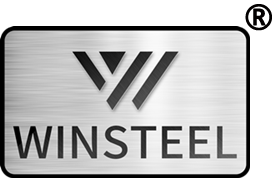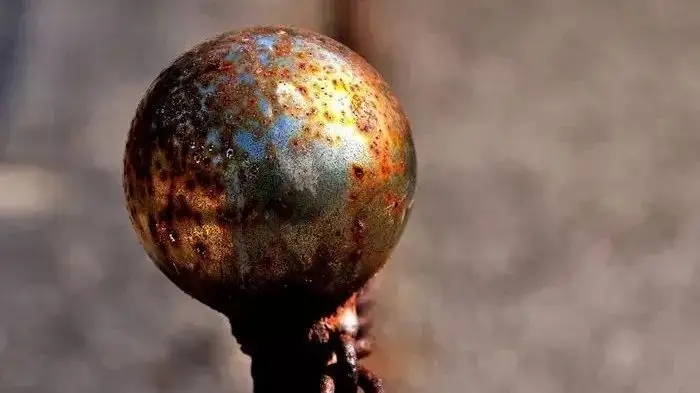People are greatly surprised: the belief that “stainless steel is non rusting, and rusting is not stainless steel” is a one-sided misconception of a lack of understanding of stainless steel. Stainless steel can also rust under certain conditions.
Stainless steel is a stable chromium rich oxide film (protective film) formed on its surface, which is extremely thin, sturdy, and fine, preventing the continued infiltration and oxidation of oxygen atoms, thus obtaining the ability to resist corrosion. Once for some reason, this thin film is constantly damaged, oxygen atoms in air or liquid will continuously penetrate or iron atoms in metal will continuously separate, forming loose iron oxide, and the metal surface will also be constantly corroded. This kind of surface facial mask is damaged in many ways, and there are several daily ways as follows:
1. Dust containing other metal elements or attachments of dissimilar metal particles accumulate on the surface of stainless steel. In humid air, the condensate between the attachments and the stainless steel forms a micro battery, triggering an electrochemical reaction and damaging the protective film, which is called electrochemical corrosion.
2. Organic juices (such as melons, noodles, phlegm, etc.) adhere to the surface of stainless steel, forming organic acids in the presence of water and oxygen. Over time, organic acids corrode the metal surface.
3. The surface of stainless steel adheres to substances containing acids, alkalis, and salts (such as alkaline water and lime water splashing during wall decoration), causing local corrosion.
4. In polluted air (such as atmospheres containing large amounts of sulfides, carbon oxides, and nitrogen oxides), when encountering condensed water, sulfuric acid, nitric acid, and acetic acid droplets form, causing chemical corrosion.
How to solve the problem of stainless steel rusting
1. Cleaning method
When cleaning the stainless steel surface, it is necessary to be careful not to scratch the surface, and to avoid using bleach and abrasive detergent, steel wire balls, grinding tools, etc. To remove the detergent, rinse the surface with clean water after washing
2. How to handle dust
If there is dust on the surface of stainless steel and dirt can be easily removed, it can be washed with clean water or soap with a weak detergent. For adhesive components, use alcohol or organic solvents (ether, benzene) to scrub.
3. Oil and grease
The grease and lubricating oil on the surface of stainless steel are contaminated. After wiping it clean with a soft cloth, wash it with neutral detergent or ammonia solution or special detergent.
4. Adherent rust
Rust caused by dirt on the surface of stainless steel can be removed with commonly used rust preventive paste on the market, and then cleaned with clean water or weakly alkaline soap water

